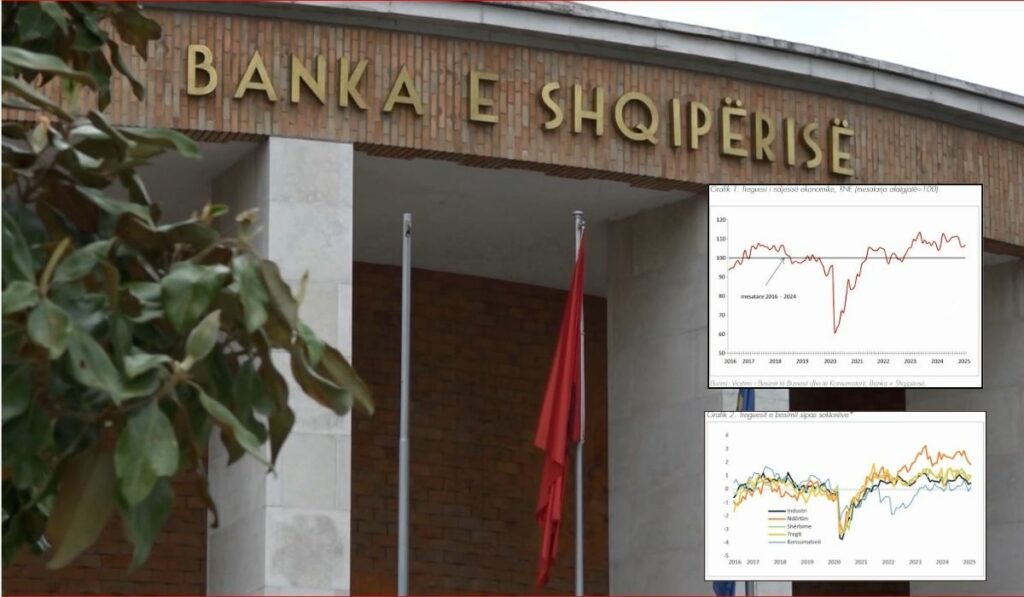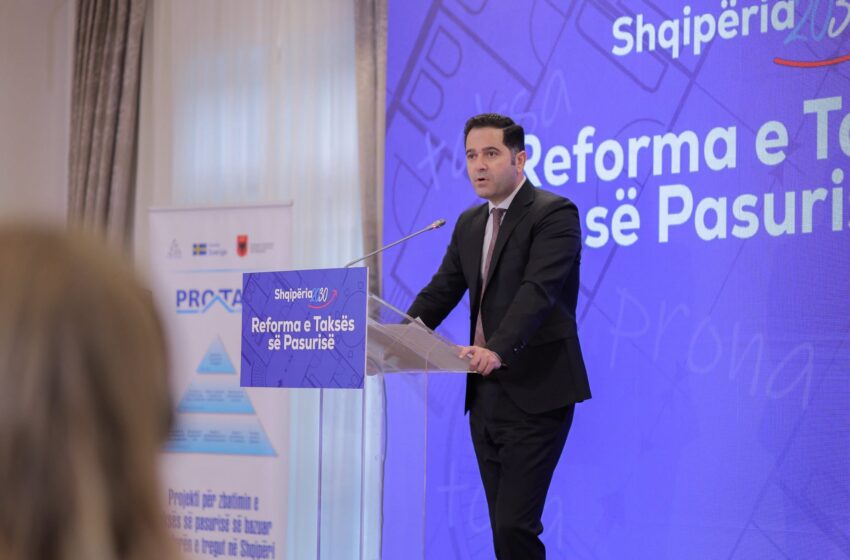Albania’s non-performing loans hit record low in June 2025

Non-performing loans (NPLs) in Albania fell again in June, with the banking system’s NPL ratio easing to 4.01% from 4.12% in May—the lowest level since 2008, according to the Bank of Albania. Robust credit growth also continued, with total loans up 12.1% year-on-year to 892.6 billion ALL. These moves confirm the improving trajectory of Albania NPLs in June 2025.
Why is this important: Lower NPLs mean a healthier banking sector and stronger credit quality. A cleaner loan book reduces risk costs for banks and supports new lending to households and businesses.
Context: The NPL ratio has fluctuated but improved overall in 2025. It started the year at 4.12% in January, then edged down to 4.06% in February and 4.02% in March. It ticked up in April (4.03%) and May (4.12%), before falling to 4.01% in June. The current level reflects better portfolio quality alongside rising loan volumes.
The trend is tied to several factors the market has highlighted this year: formal employment gains, firmer wage reporting in the private sector, and broader digital oversight in tax and business administration that supports repayment discipline. Credit expansion has been visible across segments, contributing to portfolio diversification.
What counts as an NPL: A loan becomes non-performing when there are doubts the borrower will repay, or when more than 90 days pass without agreed installments being paid. That can follow a job loss for an individual mortgage holder or financial stress at a company. Because troubled loans raise costs, banks work to keep the NPL share low.
What’s next: Banks will track repayment behavior as loan growth continues into the second half. The headline NPL ratio can still fluctuate with employment, interest costs, and sector-specific shocks, but June’s print signals the system is better cushioned than at any time since 2008.


